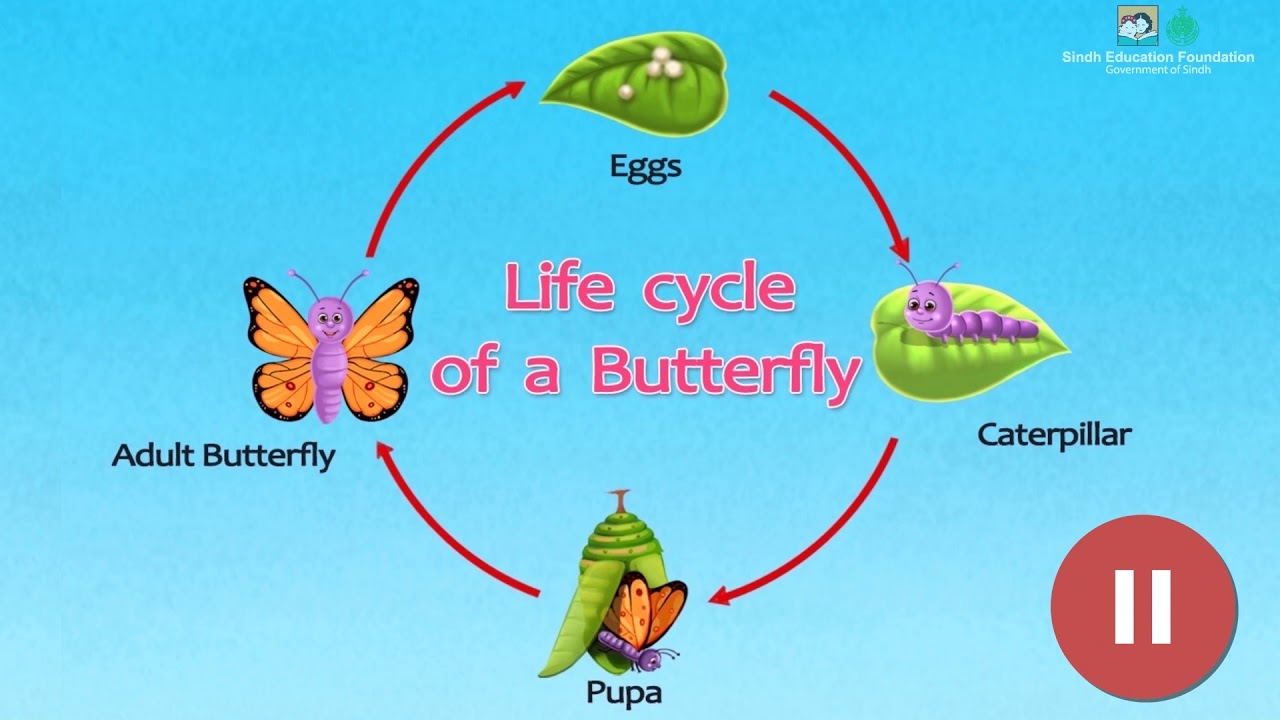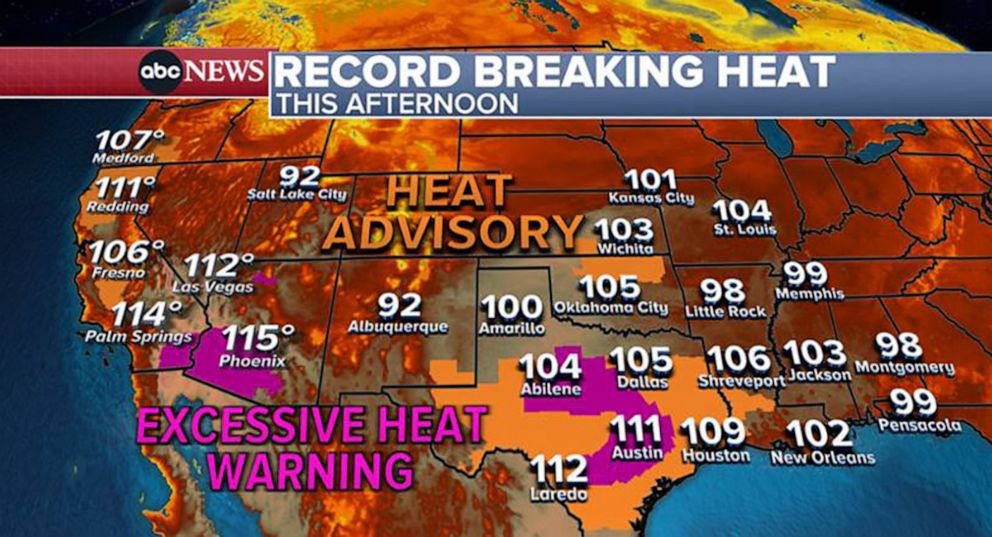Experiential Learning: How Campus Farm Animals Teach Students About Life Cycles

Table of Contents
Observing Life Cycles Up Close: A Unique Learning Experience
Campus farms offer a unique setting for observing animal life cycles in real-time. Students gain a practical understanding of animal development and behavior that is simply impossible to replicate in a traditional classroom environment.
From Birth to Maturity: Witnessing the Wonders of Life
Many campus farms house a variety of animals, each offering unique opportunities to observe their complete life cycles. These hands-on experiences provide a powerful supplement to theoretical learning.
- Egg hatching: Students can witness the incredible process of chicks hatching from eggs, observing the development from embryo to chick.
- Lambing and kidding: The birth of lambs and kids provides a firsthand look at the reproductive cycle of sheep and goats, highlighting the maternal behaviors crucial for offspring survival.
- Piglet development: From birth to weaning, students can monitor the rapid growth and development of piglets, understanding their nutritional needs and behavioral changes.
- Calf rearing: Observing the development of calves from birth through weaning and beyond provides a clear example of mammalian life cycles.
This practical application of animal husbandry principles enhances students' understanding of livestock management and the complexities of animal development.
Understanding Animal Behavior and Development
Observing animal behavior throughout their life cycle provides critical insights into their needs and developmental stages. This holistic understanding extends beyond simple observation, promoting a deeper connection with the animals and their environments.
- Nesting behaviors: Students witness the instinctive behaviors animals exhibit in building nests, providing shelter and security for their young.
- Foraging strategies: Observing how animals obtain food, adapting their techniques according to their age and the environment, highlights the relationship between resource availability and survival.
- Social interactions: Analyzing herd dynamics and social hierarchies within a species provides insights into communication, competition, and cooperation, integral to their survival.
This applied ethology strengthens students' understanding of animal welfare and promotes a responsible approach to animal care and management.
Hands-on Learning: Beyond Observation
Experiential learning with campus farm animals transcends simple observation; it encourages active participation in animal care, strengthening theoretical knowledge and fostering practical skills.
Active Participation in Animal Care: A Practical Approach
Direct involvement in the daily routines of animal care solidifies theoretical concepts learned in the classroom and develops essential practical skills.
- Feeding regimens: Students learn about appropriate nutrition for different life stages, formulating balanced diets and monitoring food intake.
- Cleaning procedures: Maintaining a clean and hygienic environment for the animals is crucial for preventing diseases. Students learn proper cleaning and sanitation techniques, understanding their role in animal health.
- Health checks: Observing and assisting with health checks teaches students to recognize signs of illness or injury, allowing early intervention and promoting animal welfare.
This hands-on approach instills responsible stewardship and environmental awareness, linking theoretical knowledge with practical application.
Connecting Theory to Practice: Strengthening Knowledge Retention
Experiential learning complements classroom instruction, reinforcing theoretical knowledge and improving knowledge retention.
- Nutrition: Classroom lectures on animal nutrition are reinforced by practical experience in formulating and administering feed rations.
- Reproduction: Observing the reproductive cycle of animals provides a concrete understanding of concepts like gestation periods and birthing processes.
- Disease prevention: Practical experience in maintaining hygiene and recognizing signs of illness solidifies knowledge of disease prevention and animal health management.
This applied learning approach facilitates critical thinking and problem-solving skills, improving the overall learning experience and knowledge retention.
The Broader Educational Impact of Campus Farm Animals
The benefits of campus farm animals extend far beyond the specific learning of animal life cycles. They foster empathy, promote interdisciplinary learning, and contribute to a holistic educational experience.
Developing Empathy and Respect for Animals: Fostering Responsible Stewardship
Interacting with farm animals fosters empathy, respect, and a deeper understanding of their needs. This direct experience promotes responsible animal stewardship and ethical considerations.
- Increased awareness of animal welfare: Hands-on care cultivates a sense of responsibility and concern for the well-being of the animals.
- Development of compassion and empathy: Students develop emotional connections with the animals, fostering a respect for life and the environment.
- Promoting ethical considerations: Students learn about responsible animal handling, ethical treatment, and sustainable agricultural practices.
Promoting Interdisciplinary Learning: A Holistic Approach
Campus farm animals provide rich learning opportunities across various academic disciplines, fostering collaborative learning and an interdisciplinary approach to education.
- Biology: The study of life cycles, animal behavior, and animal physiology is enriched by direct observation and hands-on experience.
- Agriculture: Students gain practical skills in animal husbandry, livestock management, and sustainable agricultural practices.
- Veterinary science: Observing animal health and assisting with health checks provides valuable insights into veterinary medicine.
This integrated curriculum approach strengthens knowledge acquisition and promotes a holistic understanding of the interconnectedness of various disciplines.
Conclusion
Experiential learning through interaction with campus farm animals offers unparalleled educational benefits. It provides unique insights into animal life cycles, promotes hands-on learning, and fosters a deeper connection with the natural world. Students develop practical skills, strengthen theoretical knowledge, and cultivate empathy and respect for animals, promoting responsible stewardship. Embrace the power of experiential learning! Discover how your institution's campus farm animals can enrich your students' understanding of life cycles and cultivate a deeper connection with the natural world. Visit [link to relevant resource/website] to learn more about incorporating experiential learning with campus farm animals into your curriculum.

Featured Posts
-
 Bay Area Weather Update Severe Thunderstorm Warning And Forecast
May 13, 2025
Bay Area Weather Update Severe Thunderstorm Warning And Forecast
May 13, 2025 -
 Cross Border Mechanisms For Effective Crime Fighting
May 13, 2025
Cross Border Mechanisms For Effective Crime Fighting
May 13, 2025 -
 Dangerous Heat Record Breaking Temperatures Hit La And Orange Counties
May 13, 2025
Dangerous Heat Record Breaking Temperatures Hit La And Orange Counties
May 13, 2025 -
 Deja Blues Oregon Journey Facing Duke In The Ncaa Tournament
May 13, 2025
Deja Blues Oregon Journey Facing Duke In The Ncaa Tournament
May 13, 2025 -
 Kelly Ripa And Mark Consuelos Reveal Temporary Studio Fan Response
May 13, 2025
Kelly Ripa And Mark Consuelos Reveal Temporary Studio Fan Response
May 13, 2025
Latest Posts
-
 Ofitsialnoe Razreshenie Rpts Smozhet Osuschestvlyat Religioznuyu Deyatelnost V Myanme
May 13, 2025
Ofitsialnoe Razreshenie Rpts Smozhet Osuschestvlyat Religioznuyu Deyatelnost V Myanme
May 13, 2025 -
 Herthas Struggles A Debate Between Boateng And Kruse
May 13, 2025
Herthas Struggles A Debate Between Boateng And Kruse
May 13, 2025 -
 Rpts I Myanma Novye Vozmozhnosti Dlya Religioznoy Raboty
May 13, 2025
Rpts I Myanma Novye Vozmozhnosti Dlya Religioznoy Raboty
May 13, 2025 -
 Boateng And Kruse Clash Over Hertha Berlins Poor Form
May 13, 2025
Boateng And Kruse Clash Over Hertha Berlins Poor Form
May 13, 2025 -
 Hertha Bscs Woes Boateng And Kruses Differing Perspectives
May 13, 2025
Hertha Bscs Woes Boateng And Kruses Differing Perspectives
May 13, 2025
